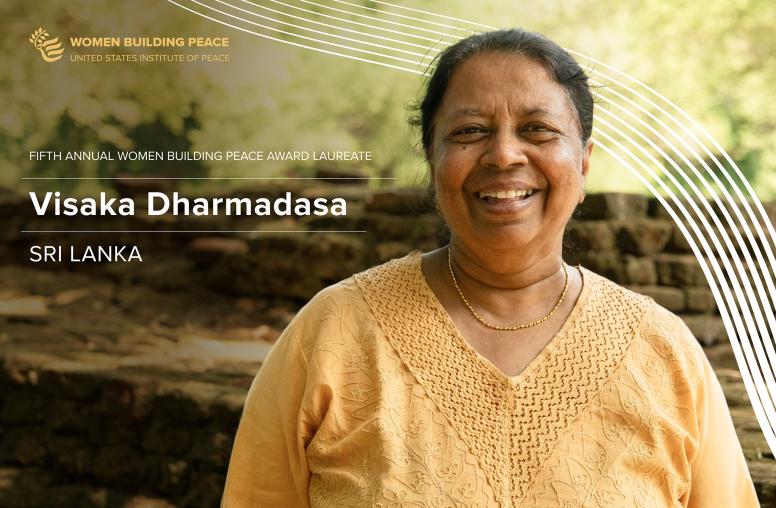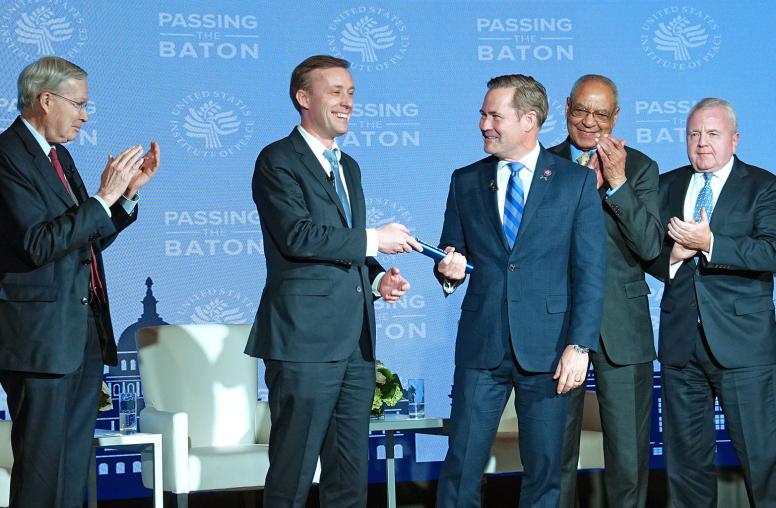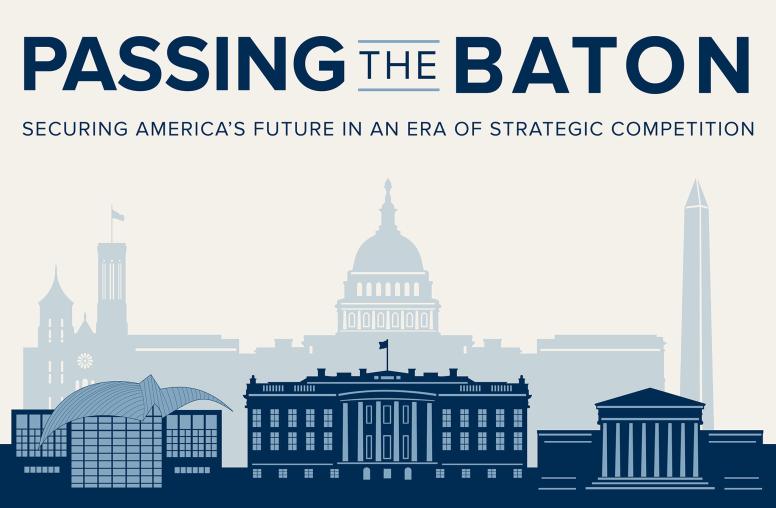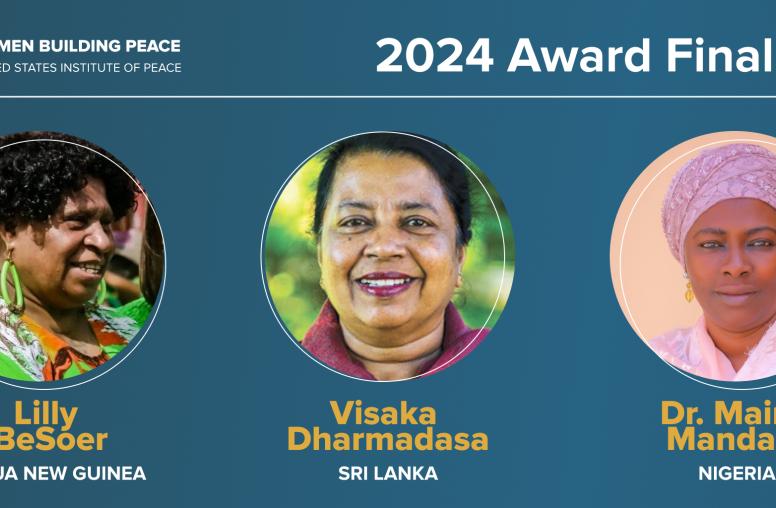Free and Independent Media: A Forgotten Aspect of Afghan Recovery?
Newsbyte explores challenges facing journalists in Afghanistan.
WASHINGTON—A facet of Afghanistan's reconstruction to which little attention and scant resources have been directed is the need for free and independent media. This is a crucial component of any open and transparent democratic system, but making it happen in Afghanistan will be a huge challenge, even if the requisite energy and resources are brought to bear. This is largely because Afghanistan has never had a free press. Americans take press freedom for granted, but the concept is foreign and unfathomable to most Afghan citizens.
On September 24, 2002, the U.S. Institute of Peace and Internews jointly sponsored a Current Issues Briefing entitled "Afghanistan: Prospects for Free and Independent Media." It was the seventh in a series of Current Issues Briefings the Institute has held on Afghanistan since September 11, 2001. The featured speaker was Ahmed Rashid, prize-winning journalist for the Far Eastern Economic Review, the Wall Street Journal and other publications, and author of the best-seller Taliban: Islam, Oil and the New Great Game in Central Asia. Rashid donated 25 percent of his royalties from that book to help establish the "Open Media for Afghanistan" fund. Managed by Internews, the fund offers grants to emerging Afghan print media.
This Newsbyte briefly summarizes Mr. Rashid's remarks. It was written by John Brinkley, director of the Office of Public Outreach. The event can be seen and/or heard in its entirety online. The views expressed here do not necessarily reflect those of the United States Institute of Peace, which does not advocate specific policies.
A Brief History of Afghan Media in the Modern Era

Afghan Interim President Karzai speaks on Afghan TV during the Loya Jirga
Photo by Dominic Medley, Internews Afghanistan country director. Photo courtesy of Internews
Afghanistan adopted a new constitution in 1964 while under the rule of King Zahir Shah. It made no provision for either press freedom or free speech and the government maintained control over all print and broadcast media.
During the communist era that began in 1978, media outlets proliferated in Afghanistan, but all were controlled by the Soviet Union. The Soviets put television and radio stations in small towns all across the country. This was not all bad. While on the one hand all those media outlets were organs of Soviet propaganda, on the other a new generation of Afghans got involved in media and learned about modern media techniques.
After the Soviets abandoned Afghanistan in 1989 and civil war broke out, media became factionalized. That is, each warlord had his own press corps, so to speak, and used it to propagate his particular message.
When the Taliban began their rise to power in 1994, they effectively destroyed all media in Afghanistan. Broadcast stations were shut down, television was outlawed and what radio remained on the air broadcast only Taliban propaganda.
After the Taliban were routed and Hamid Karzai became Afghanistan's interim president this year, he made an open commitment to freedom of speech and freedom of the press in Afghanistan, and his government has taken tangible steps to realize that commitment. It has, for example, tried to ensure that there are few bureaucratic impediments to establishing newspapers and broadcast stations.
The Current State of Affairs
Even though Afghanistan now has a government that supports press freedom, no Afghan journalist has ever worked in such a culture and few if any have any idea what it means, Rashid said. Many think it means they are free to attack the government, and have trouble grasping the concept of simply reporting the news without bias or prejudice.
Another problem is a lack of infrastructure. Print journalism is next to impossible because there are no usable printing presses in Afghanistan. About 70 publications of various kinds are being produced in Kabul, but many of them are shoestring operations with no ability to offer legitimate news and information. Outside of Kabul, printed publications are almost nonexistent. About two-thirds of the population (85% of women) is illiterate, but Afghans who are literate commonly read to their countrymen—often big crowds of them—who are not, Rashid said.
While virtually all Afghans have radios, and a growing number have televisions and satellite dishes—usually made from soft drink cans— TV service is available only in Kabul. TV and radio stations outside the capital generally have no equipment. They lack not only cameras and microphones, but in some cases electricity, telephone service and internet capability. The few regional radio stations that manage to broadcast for a few hours a day generally are under the control of regional warlords, who use them to disseminate their messages.
What is Being Done
The Internews-managed Open Media for Afghanistan fund focuses on print media development and has begun publishing magazines—a children's magazine that is distributed to schools, a women's magazine, even a satirical magazine with cartoons ridiculing the warlords.
The fund is working to create an independent national newspaper and has the support of President Karzai, Rashid said.
Some private ventures in Kabul are trying to set up cable TV systems in the city and its suburbs, but it is an extremely slow and inefficient process.
During and after the war against the Taliban and al Qaeda, the U.S. Defense Department gave transmitters to numerous local radio stations, particularly in areas where the Taliban remains active and where fighting continues. This has enabled those stations to broadcast for a few hours per day. However, the donation of transmitters was not coordinated with other NGOs and agencies who were training journalists and trying to provide programming content to Afghan radio stations, Rashid said.
What is Needed
There is a huge and obvious need for investment by governments, NGOs and international financial institutions to resolve the equipment and infrastructure problems that prevent Afghan broadcast stations from reaching more than a small proportion of the country's population, Rashid said.
Internews is working with a group of Afghan business people based in Australia to create the first privately-owned and operated radio station in Afghanistan, an FM station to be based in Kabul.
Radio stations that are able to go on the air generally lack programming content. Internews and others produce content for them, but need better coordination with U.S. government agencies that are also assisting them.
On the print side, there is a serious need for printing presses, not only for magazines and newspapers, but also for students' textbooks. To date, aid donors have shied away from this area, even though the placement of a few presses would be relatively easy and inexpensive, Rashid said.
There is also a need for a distribution network to disseminate publications throughout the country, both electronically and physically.
The Outlook
The prospects for continued progress in establishing free and independent media in Afghanistan are good, but will be less good if the United States invades Iraq, Rashid said. The likelihood is not high that the U.S. government will be able to continue focusing on the reconstruction of Afghanistan while fighting a war in Iraq.
If, however, Afghanistan does develop truly free and independent media, it will set a very important precedent for the rest of the Muslim world, where press freedom barely exists, if at all.



